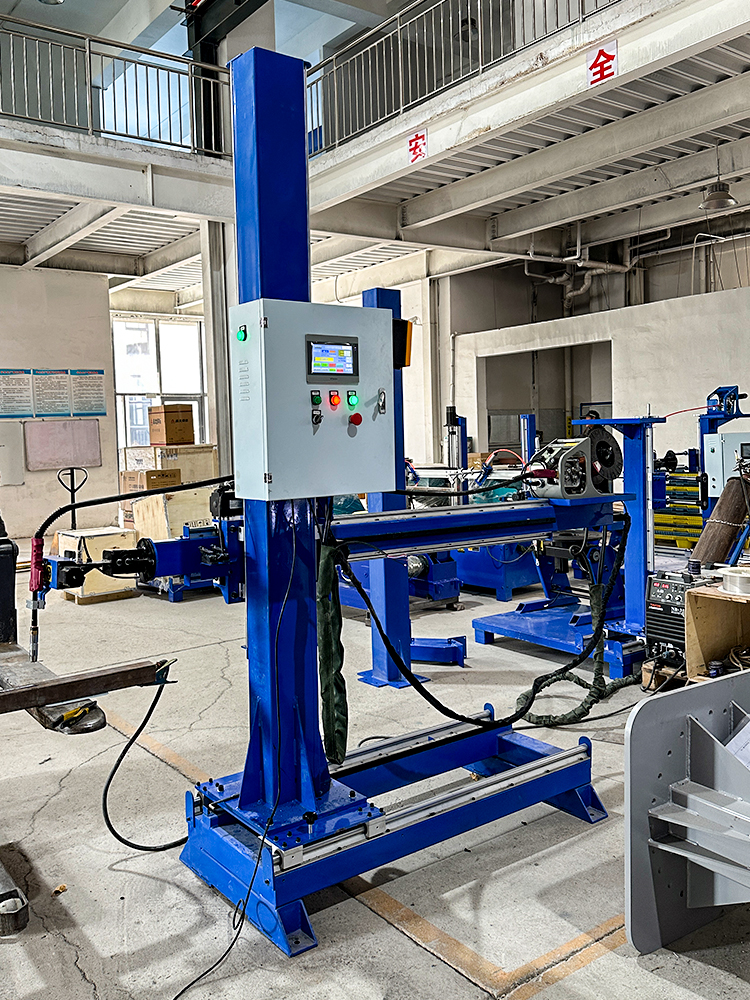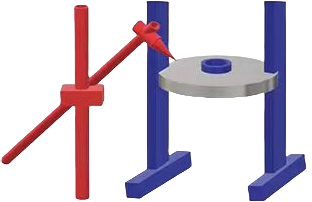Working Principle
In MIG/MAG welding, an electric arc is struck between a continuously fed consumable wire electrode and the workpiece. For MIG welding, an inert gas like argon is used to shield the weld area, preventing oxidation and contamination. In MAG welding, a mixture of active gases such as CO₂, or CO₂ mixed with argon, is employed. When CO₂ is used in MAG welding, it reacts with the molten metal in a controlled way, which can be beneficial for certain applications. The heat from the arc melts both the wire electrode and a portion of the workpiece, and as the wire is continuously fed, it forms a filler metal that fuses with the workpiece material, creating a strong and durable joint.
Advantages of MIG/MAG (CO₂) Welding in Our Offerings
- High Efficiency: Our MIG/MAG welding systems are designed for high – speed welding. The continuous wire – feeding mechanism allows for rapid deposition of filler metal. This means that for large – scale projects, we can significantly reduce the welding time compared to some other manual welding methods. For example, in the fabrication of large – sized metal structures, our MIG/MAG welding can complete the welding tasks in a fraction of the time required by traditional methods.
- Good Weld Quality: The use of gas shielding in MIG/MAG welding ensures a clean and slag – free weld. In the case of CO₂ welding (MAG), although CO₂ is an active gas, our experienced welders and advanced equipment settings enable us to achieve excellent weld bead shapes with high strength and good ductility. The welds are less likely to have porosity or inclusions, which is crucial for applications where the integrity of the welded joint is of utmost importance, such as in the manufacturing of pressure vessels or automotive components.
- Versatility: Jinan Xinhao’s MIG/MAG welding technology can be applied to a wide variety of metals, including carbon steel, stainless steel, and aluminum alloys. Whether it’s a thin – walled sheet metal for precision manufacturing or a thick – section steel for heavy – duty construction, our MIG/MAG welding processes can be adjusted to meet the specific requirements. For instance, we can easily switch between different gas mixtures and welding parameters to weld different metal types and thicknesses.
- Cost – effectiveness: CO₂ gas, which is widely used in MAG welding, is relatively inexpensive compared to some inert gases used in other welding processes. This, combined with the high – speed and high – efficiency nature of MIG/MAG welding, makes it a cost – effective solution for our customers. Additionally, the reduced post – weld cleaning requirements due to the slag – free nature of the welds further cuts down on labor and material costs.
Applications
Our MIG/MAG welding technology finds applications in numerous industries. In the automotive industry, it is used for welding car body components, ensuring high – strength and aesthetically pleasing joints. In the construction sector, we use it for fabricating steel structures such as bridges and buildings. The manufacturing of household appliances also benefits from our MIG/MAG welding, where precision and speed are required for joining various metal parts. In the field of machinery manufacturing, our MIG/MAG – welded components are known for their reliability and long – lasting performance.
At Jinan Xinhao Welding Technology Co., Ltd., we are committed to providing the highest quality MIG/MAG welding services. Our team of skilled welders, combined with state – of – the – art equipment and a deep understanding of welding technology, enables us to meet the most challenging welding requirements of our customers.


